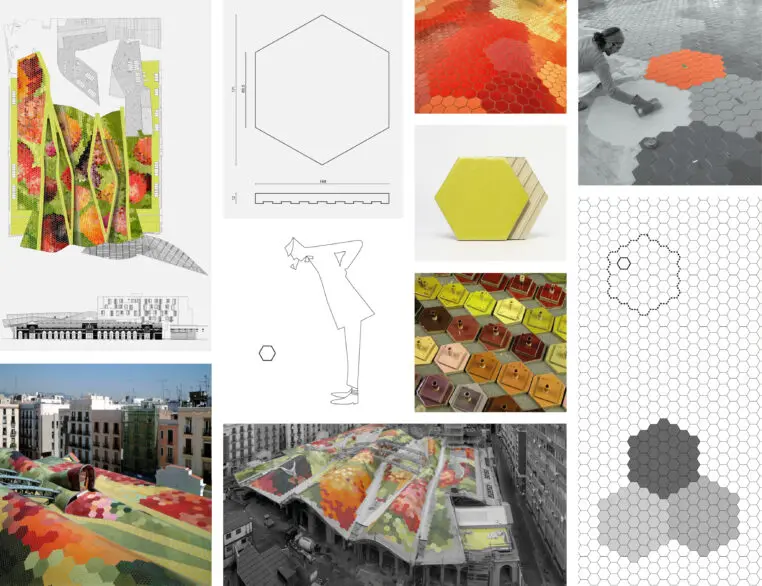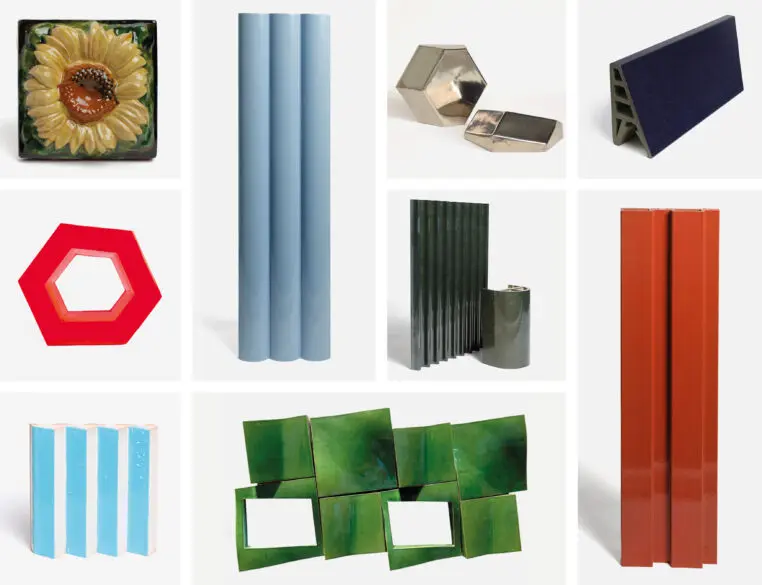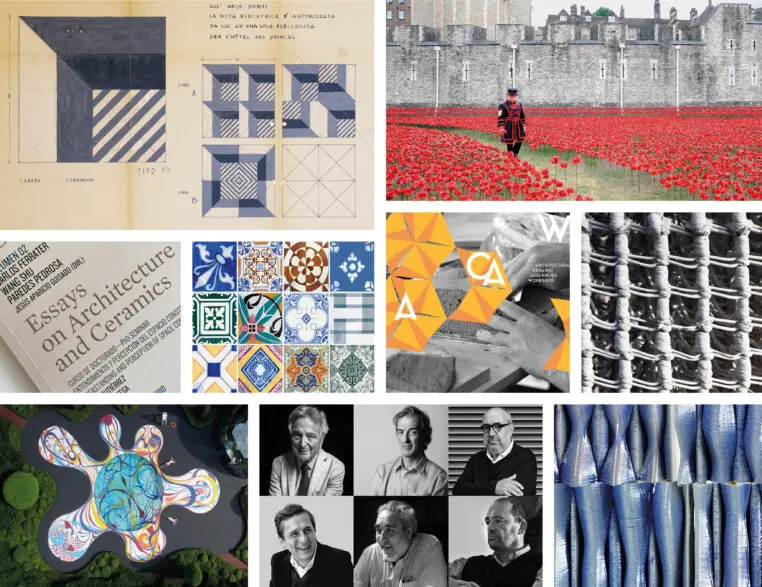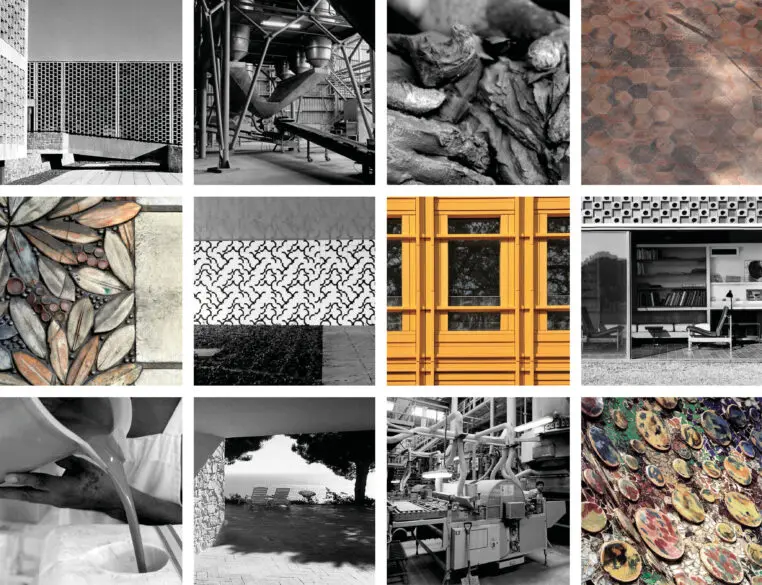About us
The Universitat Politècnica de València (UPV) promotes an extensive programme of collaboration with the industrial and business sectors, with the University-Business Chairs being one of its most established models thanks to the close ties they foster between both spheres.
The Valencia Ceramic Chair began its activity in the 2007–08 academic year through an agreement between the Spanish Association of Ceramic Tile Manufacturers (ASCER) and the School of Architecture. Since then, its mission has been to promote the use of ceramic materials in the field of architecture through dissemination activities, teaching programmes, and research projects.
As a result of this research work, the Chair has been publishing Arquitecturas Cerámicas /Ceramic Architectures since 2015, a bilingual digital platform conceived as a tool for knowledge transfer across the industrial, academic, and professional sectors. Its purpose is to disseminate specialised knowledge, inspire new design practices, and establish a reference space for dialogue between material culture, innovation, and architectural practice.
After ten years of activity, we consider the platform to be a pioneering initiative in the reappraisal of the qualities of a specific material–ceramic–through the rigorous analysis of works recognised for their quality and critical acclaim. Its cross-disciplinary approach and methodological innovation give it clear transformative potential, linking industrial, academic, and professional practice. Its value lies in facilitating access to ceramic knowledge as applied to architecture, consolidating itself as a living archive and a reference tool for manufacturers, professionals, students, and researchers.




